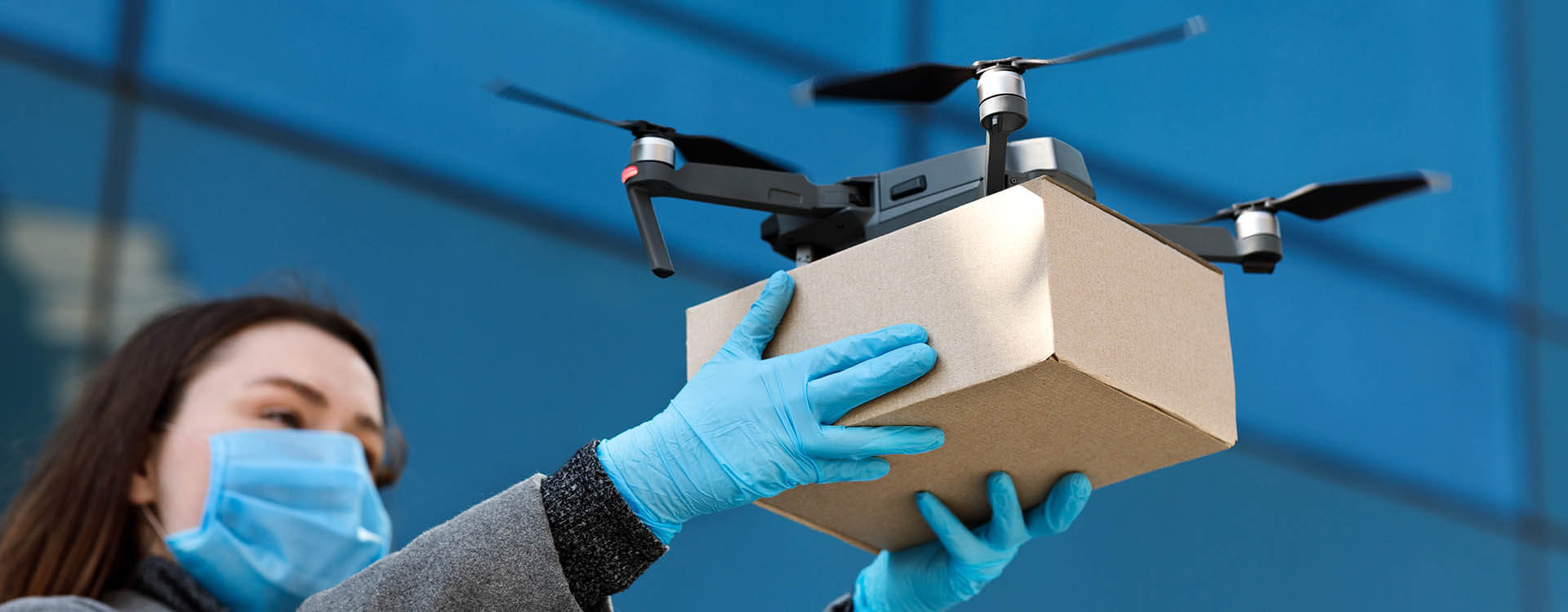
Aren’t we all foodies now? That’s a fair question to ask because, in the past decade, we’ve seen a real renaissance in the restaurant and food service business. Nearly every aspect of the food industry – from what restaurants cook up, to what diners want, to where food is sourced – has undergone dramatic changes.
No matter where or how it’s served, good food alone isn’t all that restaurants need to succeed. That’s why technology is now high on the menu too, with digital tools and data analytics increasingly key to satisfying consumers and running the business.
Here’s a look at key areas where technology and digital intelligence have reshaped restaurant operations and the food industry as a whole in recent years—plus a tease at what’s ahead.
According to a report from the National Restaurant Association focused on 2020 trends, restaurant industry sales in 2019 are expected to reach $863 billion. By 2030, the National Restaurant Association projects the industry’s sales will top $1.2 trillion. The industry’s workforce, now 15.3 million, is likely to exceed 17 million by 2030. What’s behind this massive growth? Savvy restaurants have invested in both improving diners’ experiences and improving operations, making data and technology core to their business.
An article published by the University of Michigan and citing a U.S. Department of Agriculture report notes that when compared to other generational age groups, Millennials, or Gen Y, eat the highest share of their meals out at fast-food or fast-casual establishments, get prepared food to go or use online delivery services. When it comes to what they’re eating, Millennials opt for fresh, natural, organic, and even locally sourced offerings on the menu. Right behind the Millennials comes Gen Z, with data showing their preference for less human interaction when ordering food and setting the stage for more automation and robotic delivery. Restaurants with a pulse on these trends are poised to adjust and capture market share from competitors who are sluggish to respond.
Today, digital point-of-sale tools are ubiquitous. And, according to a FastCasual trends article, restaurants have quickly switched over to digital inventory tracking systems and automated purchasing systems. These digital tools keep track of actual product counts, monitor theoretical inventory levels, and help control expenses derived from over-portioning, waste, and theft. Likewise, customers have quickly chosen the digital path for making reservations to ease waiting-line frustrations. Think, for example, OpenTable, Tock, and Resy.
What’s next? Automation and machine learning are reaching greater acceptance, with restaurants adopting these technologies to improve back-of-the-house operations and enhance frictionless ordering for consumers. Here, think service robots and restaurant digitalization, automated drive-thru technology, and kiosks and mobile apps that take frictionless ordering to new levels.
Fresh, artistically-plated food – it’s the perfect snapshot! We know that diners devour Instagrammable food. Consider these powerful statistics about dining and social media:
Other social channels, like Facebook and LinkedIn, are a boon to influencers and can also be an extremely useful marketing tool for restaurants seeking to improve customer trust and brand loyalty.
Restaurants that embrace consumer engagement tools that integrate key data sets, such as POS, reservation, and promotions, will maintain a competitive edge. Wavicle’s ActiveEngage, for example, enables restaurants to identify and engage consumers for more frequent visits with campaign targeting on the social channels their diners use most.
Is this lettuce organic? Is that chicken free range? Are your coffee beans ethically sourced? Today’s customers are asking these kinds of questions all the time, which is requiring that the food industry to be more transparent and align with customer values. One solution expanding in the food and agriculture arena is blockchain technology, which enables fast data integration and product quality, and origin identification.
Food delivery is hot. According to data provider Second Measure, by the end of 2019, 26 percent of American consumers have ordered meals from delivery services like DoorDash, GrubHub, Seamless, and UberEats, up from 20 percent just one year prior. By 2030, UBS predicts that most meals currently cooked at home will instead be ordered online and delivered from either restaurants or central kitchens.
Restaurants are reaping the benefits of delivered food, too. The Chicago Tribune recently reported that for McDonald’s Corp., fast food delivery was a key contributor to recent growth, bringing in $4 billion in sales from 25,000 worldwide locations that offer delivery.
But the future of how food is ordered and delivered remains a wide-open scenario. Today, most deliveries are served up by third-party partners, each with its own ordering platform for diners to navigate. But some restaurants are investing heavily to win customers over directly by enabling their own delivery, within their own apps – some with facial recognition on the horizon to ease the payment process. Not only will these restaurants better control the customer experience, but also they’ll reclaim ownership of their data.
When it comes to food transportation, within the next decade, at-home diners can expect to see autonomous vehicles, delivery robots, or drones arriving at their driveways, as testing is already underway.
Restaurant decision-makers are craving greater insight into their food delivery operations as deliveries surge. With one or more delivery partners, operators are managing a new frontier fraught with challenges: timeliness of driver arrival and deliveries, quality of delivered food, customer satisfaction, and more. Unless every step in the delivery process is captured, the process is somewhat lawless, like the Wild West. Wavicle’s ActiveDeliver tames the process by bringing it into full view, with dashboard intelligence that tracks, measures, and visualizes over 20 key performance metrics.
Diners love their Buon Cibo – or “good eats,” as Italians say. Yet serving up quality fare to diners, wherever they are, requires Tecnologia Buona – good technology – as an essential ingredient for restaurant operations.
As food innovates, so does the intelligence needed to source, prepare, and serve it. In 2020 and beyond, we expect to see an increased appetite for custom data and analytics solutions for better insight, decision-making, and performance.